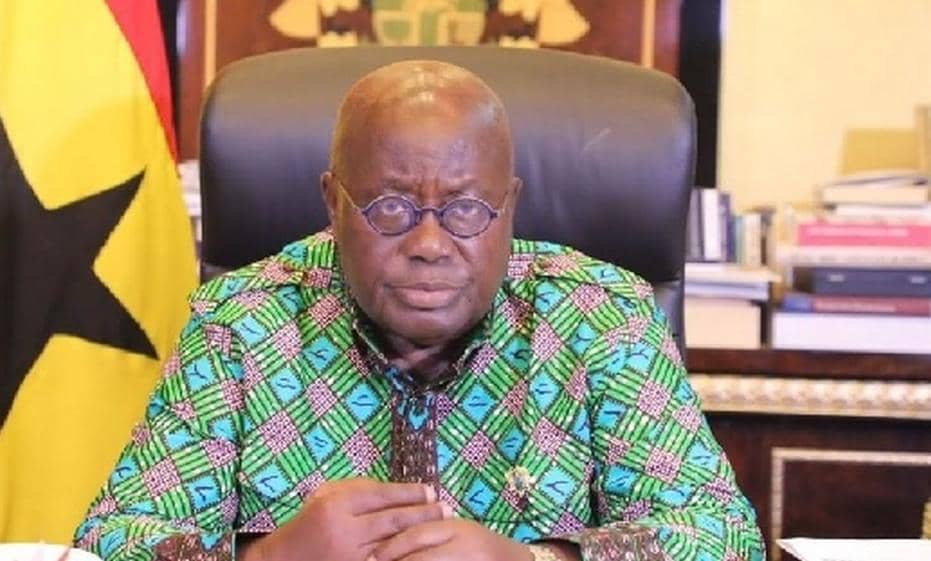Landless People’s Movement (LPM) leader Bernadus Swartbooi on Tuesday said it’s sad that the subjects of the 1904 to 1908 genocide and a memorial museum are still being debated 33 years after independence.
Swartbooi said this in parliament while contributing to the ongoing debate on the establishment of a genocide memorial museum.
“It should have been a project we should all have embraced at the moment of our independence,” he said.
He said there is a need to understand the depth of the genocide issue.
“The challenge is that the secretary general of Swapo [Sophia Shaningwa] says some of these things are obvious.
“To a limited extent I agree with her. But it is not really obvious unless you have really heard what people are saying, how they feel, and how they relate to issues that have affected them,” Swartbooi said.
He said graves are still being uncovered in the Fish River area.
“You’ll wonder how obvious that is to someone that is maybe from Zambezi or Angola,” he said.
The motion was brought to the floor of the National Assembly by National Unity Democratic Movement (Nudo) lawmaker Joseph Kauandenge.
Kauandenge wants a museum to honour the over 65 000 Herero and 10 000 Nama people who died during the 1904 to 1908 war.
Shaningwa supported the proposal to establish a genocide memorial museum, but said a decision on the matter needs to be bold, and that the genocide discussion continues to invoke painful emotions in parliament.
“Who is actually against the construction of memorial centres around Namibia?” she asked.
Minister of environment, forestry and tourism Pohamba Shifeta also supported the establishment of a genocide museum.
“The genocide touched everybody, and I don’t think there is anybody who is against the establishment of a genocide memorial,” he said.
He, however, warned that “we don’t want to come with something that divides Namibians”.
Veronica Kuchekena-Chirau, a theatre director and member of the afflicted Nama group, has praised Kauandenge’s proposal of a genocide memorial museum.
Speaking on Desert Radio yesterday, she said she believes the museum is a crucial step towards recognising colonialism’s legacy and its impact on the Nama and Ovaherero communities.
“This museum could serve as an important asset to ensure that future generations of Namibians and the world at large will learn about, gauge and remember the events that led to the Nama and Herero genocide,” Kuchekena-Chirau said.
Former youth minister and Swapo lawmaker Jerry Ekandjo says he believes no one would oppose the establishment of a genocide museum.
He also supports Kauandenge’s calls to designate an annual genocide commemoration day.
Ekandjo said certain events, such as the Old Location and the Cassinga massacres, have national days dedicated to them.
Stay informed with The Namibian – your source for credible journalism. Get in-depth reporting and opinions for
only N$85 a month. Invest in journalism, invest in democracy –
Subscribe Now!







